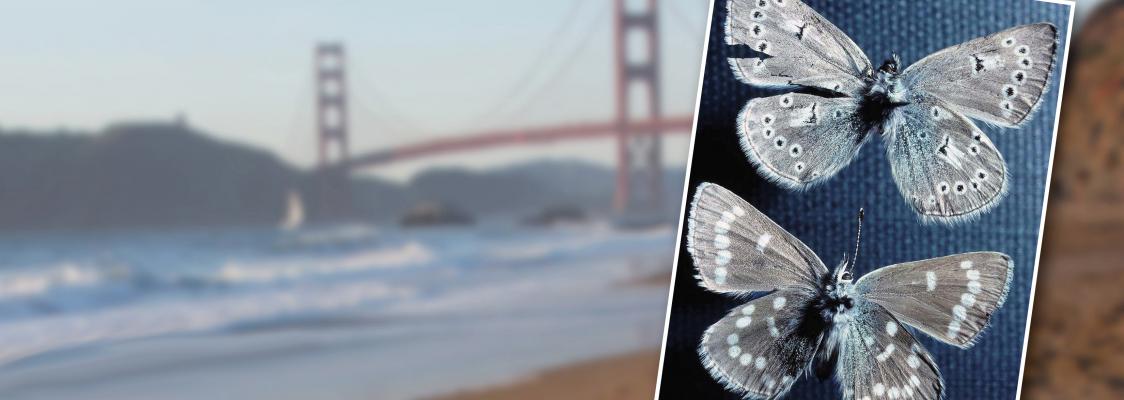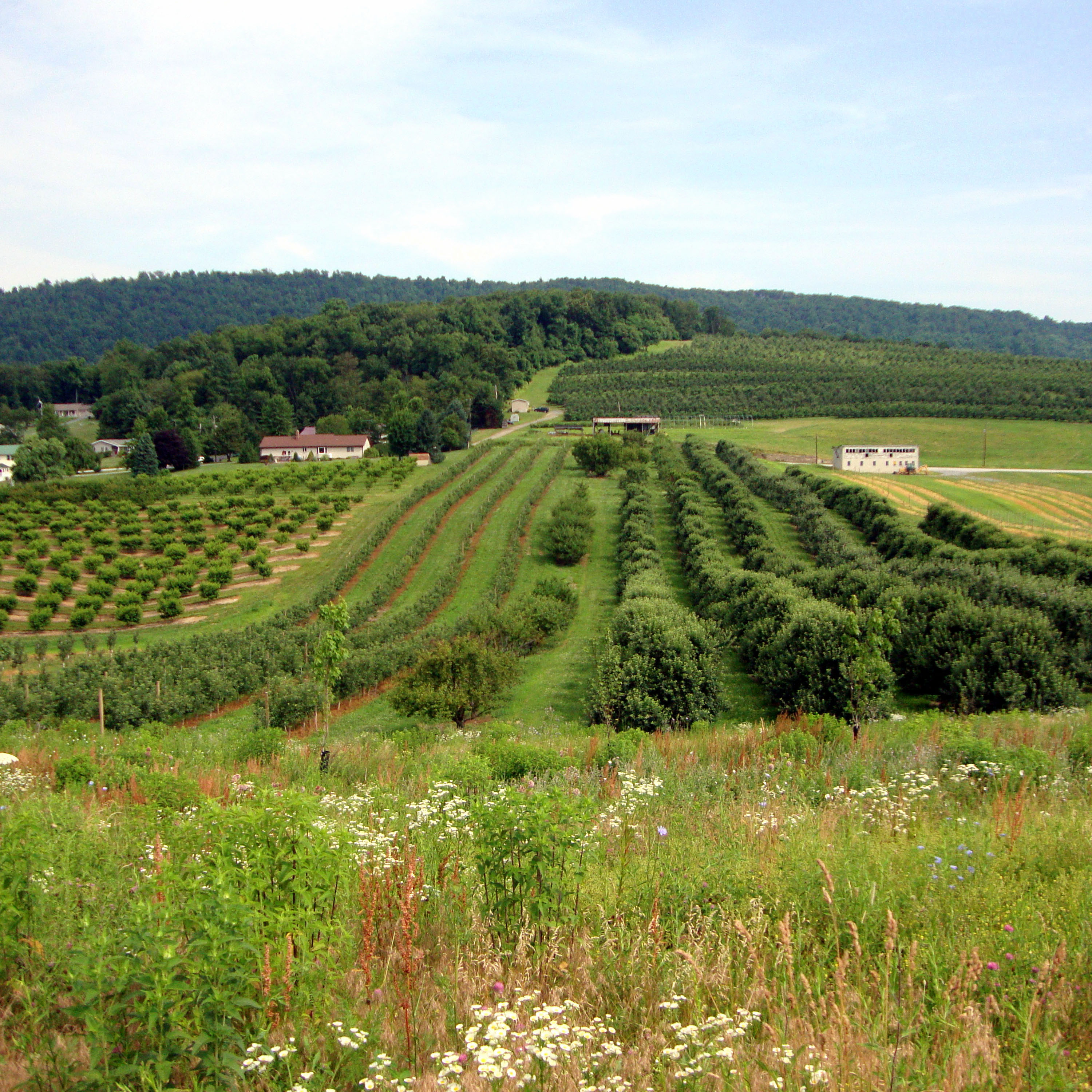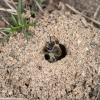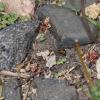The Xerces Society for Invertebrate Conservation is an international nonprofit organization that protects the natural world through the conservation of invertebrates and their habitats.
Our name (which is pronounced Zer-sees, or /ˈzɚˌsiz/) comes from the now-extinct Xerces blue butterfly (Glaucopsyche xerces), the first butterfly known to go extinct in North America as a result of human activities. The Xerces blue's habitat was destroyed by development in the sand dunes of San Francisco, and the species was declared extinct by the 1940s.
(Photo: Larry Orsak)
The Xerces Society is a science-based conservation organization, working with diverse partners that include scientists, land managers, educators, policymakers, farmers, and communities. By utilizing applied research, engaging in advocacy, providing educational resources, addressing policy implications, and building community, we endeavor to make meaningful long-term conservation a reality.
See the Our Work section or our annual reports for further details on our programs and conservation efforts.
(Photo: Xerces Society / Stephanie McKnight)
The Xerces Society is committed to establishing and maintaining a diverse and inclusive community that collectively supports our mission. The conservation of invertebrates will take an all-hands-on-deck approach and it is vital that diverse communities benefit from this conservation and engage to help protect these vital animals.
Read our full Diversity, Equity, and Inclusion statement here.
(Photo: Xerces Society / Candace Fallon)
For over 50 years, we have protected endangered species and their habitats, produced ground-breaking publications, trained thousands of farmers and land managers to conserve habitat, and raised awareness about the importance and plights of invertebrates in forests, prairies, deserts, and oceans. Our key program areas are pollinator conservation, endangered species conservation, and reducing pesticide use and impacts. Click on the icons below to learn more about our work.
Our founder, Robert Michael Pyle shares the story of the Society from its beginnings in 1971, and looks towards the future of invertebrate conservation.
(Photo: Xerces Society / Kelly Gill)


%20square.jpg)

%20square.jpg)

%20square.jpg)





